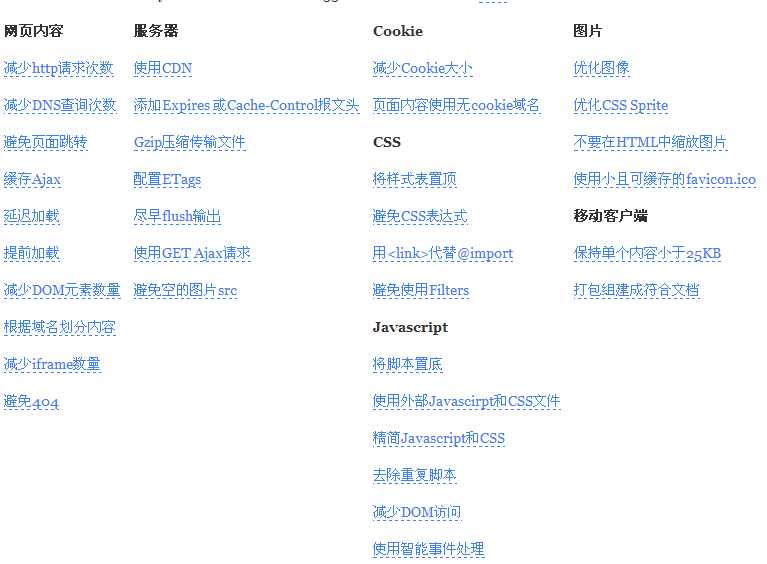Swagger 常用注解使用详解
Hi,大家好,我是编程小6,很荣幸遇见你,我把这些年在开发过程中遇到的问题或想法写出来,今天说一说Swagger 常用注解使用详解,希望能够帮助你!!!。
1.这里使用的版本:springfox-swagger2(2.4)springfox-swagger-ui (2.4)
2.这里是说明常用注解的含义和基本用法(也就是说已经对swagger进行集成完成)
没有集成的请参见
SpringBoot集成springfox-swagger2构建restful API
SpringMVC集成springfox-swagger2构建restful API
官网WIKI
常用注解:
- @Api()用于类;
表示标识这个类是swagger的资源
- @ApiOperation()用于方法;
表示一个http请求的操作
- @ApiParam()用于方法,参数,字段说明;
表示对参数的添加元数据(说明或是否必填等)
- @ApiModel()用于类
表示对类进行说明,用于参数用实体类接收
- @ApiModelProperty()用于方法,字段
表示对model属性的说明或者数据操作更改
- @ApiIgnore()用于类,方法,方法参数
表示这个方法或者类被忽略
- @ApiImplicitParam() 用于方法
表示单独的请求参数
- @ApiImplicitParams() 用于方法,包含多个 @ApiImplicitParam
具体使用举例说明:
@Api()
用于类;表示标识这个类是swagger的资源
tags–表示说明
value–也是说明,可以使用tags替代
但是tags如果有多个值,会生成多个list
@Api(value="用户controller",tags={
"用户操作接口"}) @RestController public class UserController { }
效果图:
@ApiOperation() 用于方法;表示一个http请求的操作
value用于方法描述
notes用于提示内容
tags可以重新分组(视情况而用)
@ApiParam() 用于方法,参数,字段说明;表示对参数的添加元数据(说明或是否必填等)
name–参数名
value–参数说明
required–是否必填
@Api(value="用户controller",tags={
"用户操作接口"}) @RestController public class UserController { @ApiOperation(value="获取用户信息",tags={
"获取用户信息copy"},notes="注意问题点") @GetMapping("/getUserInfo") public User getUserInfo(@ApiParam(name="id",value="用户id",required=true) Long id,@ApiParam(name="username",value="用户名") String username) { // userService可忽略,是业务逻辑 User user = userService.getUserInfo(); return user; } }
效果图:
@ApiModel()用于类 ;表示对类进行说明,用于参数用实体类接收
value–表示对象名
description–描述
都可省略
@ApiModelProperty()用于方法,字段; 表示对model属性的说明或者数据操作更改
value–字段说明
name–重写属性名字
dataType–重写属性类型
required–是否必填
example–举例说明
hidden–隐藏
@ApiModel(value="user对象",description="用户对象user") public class User implements Serializable{ private static final long serialVersionUID = 1L; @ApiModelProperty(value="用户名",name="username",example="xingguo") private String username; @ApiModelProperty(value="状态",name="state",required=true) private Integer state; private String password; private String nickName; private Integer isDeleted; @ApiModelProperty(value="id数组",hidden=true) private String[] ids; private List<String> idList; //省略get/set }
@ApiOperation("更改用户信息") @PostMapping("/updateUserInfo") public int updateUserInfo(@RequestBody @ApiParam(name="用户对象",value="传入json格式",required=true) User user){ int num = userService.updateUserInfo(user); return num; }
效果图:
@ApiIgnore()用于类或者方法上,可以不被swagger显示在页面上
比较简单, 这里不做举例
@ApiImplicitParam() 用于方法
表示单独的请求参数
@ApiImplicitParams() 用于方法,包含多个 @ApiImplicitParam
name–参数ming
value–参数说明
dataType–数据类型
paramType–参数类型
example–举例说明
@ApiOperation("查询测试") @GetMapping("select") //@ApiImplicitParam(name="name",value="用户名",dataType="String", paramType = "query") @ApiImplicitParams({ @ApiImplicitParam(name="name",value="用户名",dataType="string", paramType = "query",example="xingguo"), @ApiImplicitParam(name="id",value="用户id",dataType="long", paramType = "query")}) public void select(){ }
效果图:
今天的分享到此就结束了,感谢您的阅读,如果确实帮到您,您可以动动手指转发给其他人。
上一篇
已是最后文章
下一篇
已是最新文章














